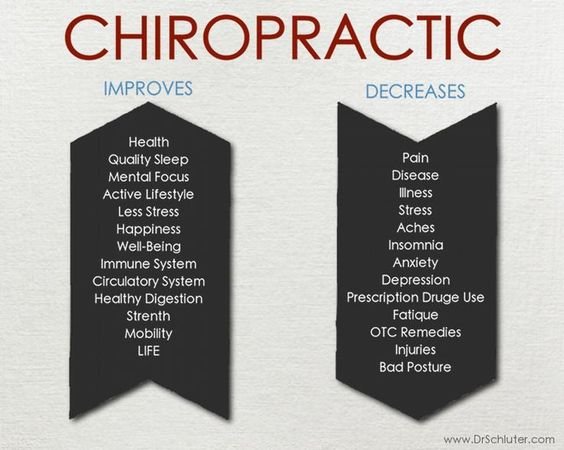Back Pain As An Indicator Of Wellness: Common Conditions And Their Signs And Symptoms Discussed
Back Pain As An Indicator Of Wellness: Common Conditions And Their Signs And Symptoms Discussed
Blog Article
Material Created By-Cannon Sherrill
If you're experiencing neck and back pain, your body may be attempting to inform you something greater than just discomfort. The means your back feels can give valuable ideas about your overall health. Recognizing the certain type of discomfort you're really feeling and any type of coming with symptoms is crucial to untangling the mystery behind your discomfort. Let's check out the common problems and symptoms related to different types of pain in the back to clarify what your body might be signaling.
Types of Back Pain
When it involves pain in the back, there are numerous types that you might experience. One usual kind is muscular tissue pain, commonly triggered by overuse, stress, or injury to the muscular tissues and ligaments sustaining the back. This type of pain can vary from light discomfort to serious and incapacitating discomfort.
One more type is nerve discomfort, which can arise from conditions like herniated discs or sciatica. Nerve pain usually offers as a sharp, shooting experience that radiates down the leg.
Joint pain in the back can stem from problems like arthritis or sacroiliac joint dysfunction. This kind of discomfort is usually felt in the lower back and can be aggravated by certain movements.
In addition, back pain can be connected to architectural issues such as spine stenosis or vertebral cracks. Comprehending the type of back pain you're experiencing is essential in determining the proper therapy and management strategies.
Common Manifestations to Expect
Relocating past the different types of neck and back pain, it is necessary to acknowledge the common signs that can signal underlying problems.
Persistent back pain that gets worse with motion or during the night could suggest an extra serious problem. Tingling or prickling in the legs or feet, particularly when accompanied by weakness, may indicate a nerve-related concern. If you experience sudden weight-loss together with neck and back pain, it could be an indicator of a more systemic problem.
Take note of any kind of changes in bladder or bowel function, as this could be linked to spine compression. therapy greenwich village , chills, or evening sweats combined with pain in the back might signify an infection. Watch out for discomfort that radiates down one or both legs, possibly indicative of sciatic nerve pain.
Wellness Conditions Linked to Pain In The Back
If you struggle with back pain, it's critical to recognize the possible health and wellness conditions connected to this pain. Back pain can be a sign of different underlying concerns, consisting of muscular tissue pressures, herniated discs, osteoarthritis, spine constriction, and even conditions like kidney stones or infections.
Muscular tissue pressures prevail and frequently result from lifting hefty items or abrupt movements.
Herniated discs take place when the soft cells between vertebrae protrudes, causing nerve inflammation.
Osteoarthritis, a degenerative joint illness, can bring about back pain as cartilage wears down.
https://thebestchiropractornearme72727.blogrenanda.com/36265037/chiropractic-care-take-care-of-expecting-moms-what-you-required-to-know , the constricting of the spine canal, can tax nerves.
Kidney rocks might create extreme pain in the back if they relocate into the urinary tract.
https://kameronlfatn.targetblogs.com/30783901/essential-details-on-chiropractic-care-therapy-for-expecting-females like back osteomyelitis can likewise manifest as neck and back pain. Understanding these possible health conditions can assist you look for ideal healthcare and management for your back pain.
Conclusion
So, next time your back hurts, pay attention to the sort of discomfort and coming with signs and symptoms. Maybe a signal from your body regarding underlying health conditions like muscle mass strain, nerve concerns, joint troubles, or even architectural issues. By identifying these signs, you can take proactive actions to attend to the source of your pain in the back and improve your overall health and wellness and health.
